I have read my fair share of Leo Tolstoy’s short stories. I read One Day in the Life of Ivan Denisovich in high school. Thus far and no further has my experience of Russian literature extended. I’ll broaden my horizons eventually. For now, I took some time to read The Carver and the Queen, a new coming of age historical fantasy novel published by Owl’s Nest Publishers.
The author, Emma C. Fox, is new to me. She has written one other book, The Arrow and the Crown, and has contributed to a book published by Rabbit Room Press, The Lost Tales of Sir Galahad. After reading The Carver and the Queen, I am interested to look into her other work! To say I was mesmerized by the immersion into Siberian culture and the life of serfdom described in this book is an understatement.
Is it really that hard, folks?
I keep asking myself again, and again if it’s really that difficult to write clean, appropriate, engaging, and fulfilling literature for teens. I don’t think it should be hard, it didn’t used to be. Thankfully I have found another lovely author for our teen audiences: Emma C. Fox!
My initial impression of this book was that it might be too long. After a few chapters, however, I changed my mind. The first few pages felt slow, although technically speaking the plot in the first chapter or two is definitely not slow! I believe the book is around 300 pages. It seems to me that many youth fiction books do not run that long anymore, but length does not preclude a well-written story. Patience as a virtue has long since seen its zenith in our culture, but, more specifically, patience regarding fulfillment in our entertainment has dwindled to the span of a seconds-long reel.
Perhaps a long book is just what your teen needs to learn the subtle but necessary art of waiting.
What else do teens need? Relatable, but impressive characters. A book is only as lovely and admirable as its characters. The Carver and the Queen portrays realistically the lives of two teens in Imperial Russia. Their emotions and thoughts are really not so different from those of teens today. There are few things more satisfying than finding a character to relate to between the pages of a good book. However, while it is easy to understand many of the little trials and tribulations the main characters (Lena and Petr) work through, it should not escape our notice the vast chasm that separates their daily responsibilities and work from those of modern day youth.
This makes these characters impressive. By that I do not necessarily mean “shock and awe”. I mean that their devotion to what they had to do each day (regardless of how they felt) should impress upon us, as a seal on hot wax, the true capabilities of youth. We are all guilty of assuming teenagers are not as capable, not as responsible, not as trustworthy, and not as ready as adults to take on work, hard tasks, lengthy projects, etc. This is simply not true. Teenagers used to get married, run households, hold laborious jobs, feed families, and survive unimaginable conditions as if they were already adults. But that’s because they were treated as adults. The expectation around youth has changed drastically in the last 150 years or so. It’s been a slow, but progressive change. Now look where we are!
Lena and Petr are characters that should challenge your teens. Don’t think I’m telling you to start matchmaking and marrying off your children at 13 or sending them off to work before they can legally drive. But after reading a book like this, it’s a good reminder that we can challenge our teens to excel and do their best in whatever responsibility they do have. Perhaps that could be the impetus for them to take on more responsibility of their own volition – they do have to decide to be adults one day. The sooner we acknowledge that God made us to work and to work hard, the better.
Not only this, but we actually come to see Petr’s character grow in his understanding of temptation and willpower. Though not directly explained as sin, Petr’s desires take him down a path that has the potential to harm Lena and many others. I think we can draw spiritual implications from this as we consider our own tendencies to indulge our sinful habits and desires, whatever they may be. And we, like Petr, must come to the realization that we cannot actually defeat these desires on our own. We need a Helper. Petr found help in his relationship to Lena, but we can find our help in the greater and better Helper who knows no obstacles.
A quick note here about religious background: there are a few noticeable moments of Catholic devotion. There is not a significant amount of focus on the character’s beliefs, but Eastern Orthodoxy would have been the prevailing formal religion aside from the local superstitions. This is not a “Christian” book, rather it is mythological in nature. Mythology has inspired many great books by classic Christian authors, not the least of which are Tolkien and Lewis. This can create a wonderful opportunity for discussion with your children on the effect of mythology and legend in literature and how Christians should respond to superstition.
Though not gratuitous, there are violent scenes in this book. There are whippings, severe illnesses, and explosions. In a community controlled by a whip-happy bailiff, and centered around the mining industry, injuries and deaths happen quite naturally. Yet, Fox crafted these scenes well in a way that tells of these serious events that occur without becoming overly absorbed in them for the sake of the violence itself. This is true to the time – we can’t leave the hard things out of stories be they fiction or not. I believe the author Virginia Woolf (who I don’t necessarily recommend, though I’ve not personally read her books) said something along the lines of “The truer the facts, the better the fiction.”
To read, or not to read?
Emma C. Fox built a world in this novel that exquisitely displays both the rough, even horrific nature of life in Imperial Russia and the beautiful strength of its people and landscape. If you didn’t think there was a way for a Russian story to have a fulfilling ending, then The Carver and the Queen has proven you wrong. The descriptions brought me straight into the world of Lena and Petr, in fact, I often even felt myself the cold of the winter nights described, smelled the earthy, metallic air of the mines, felt the breeze on the hills of the Urals.
Emma has crafted a complex, satisfying story that pulls you along to the very end of its sometimes dark and sad tale. Beyond a smattering of accurate but non-gratuitous violence and a few light kisses, the content here is easily approved by me. Lessons on life and love, temptation, faithfulness, patience, and sacrifice all point to a greater purpose for man, even though God Himself is not explicitly mentioned in this book. Grab this book next time you have the chance and add it to your teen’s bookshelf! You can thank me later.
Until next time, go read a good book!
![]()
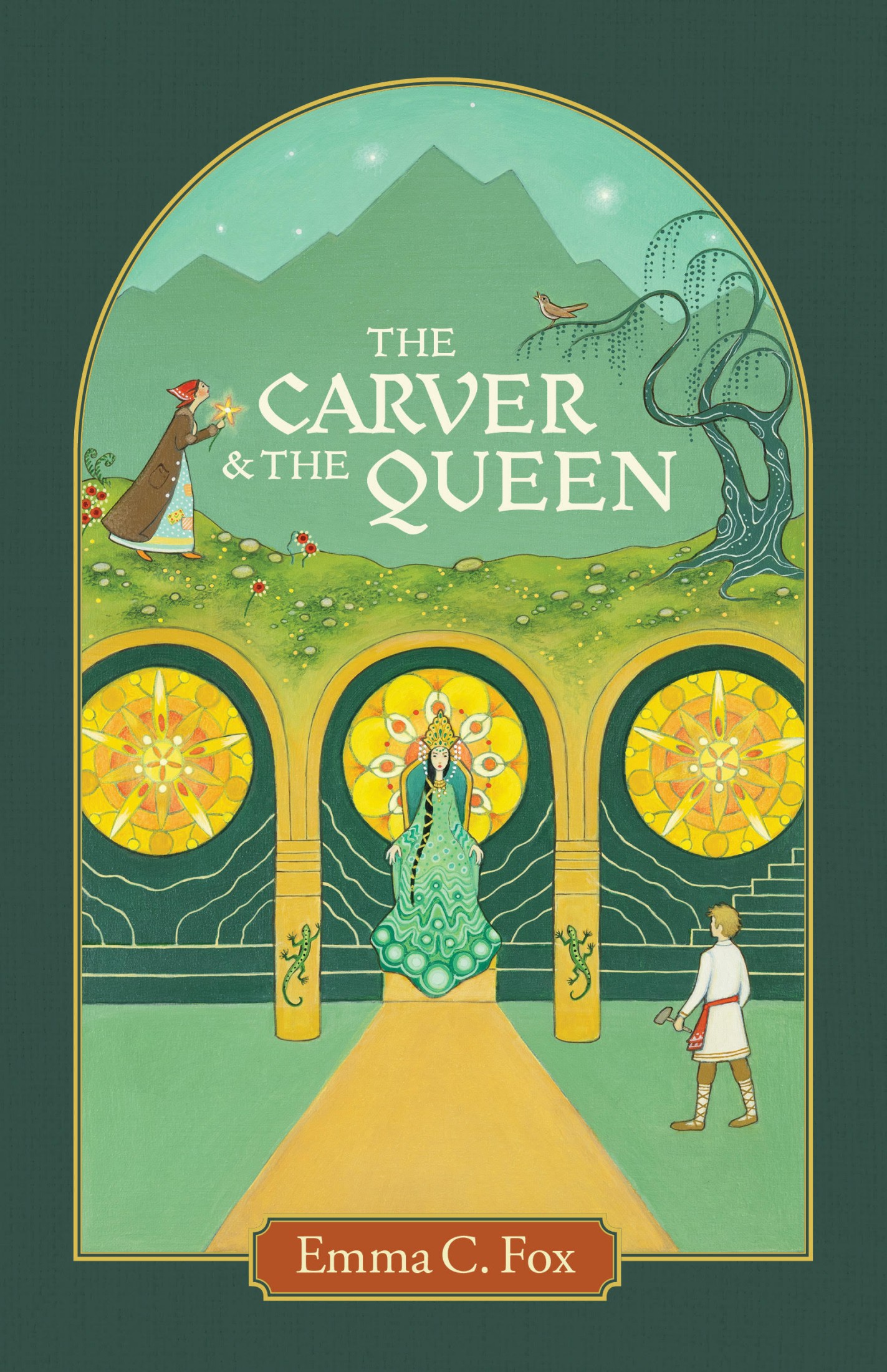
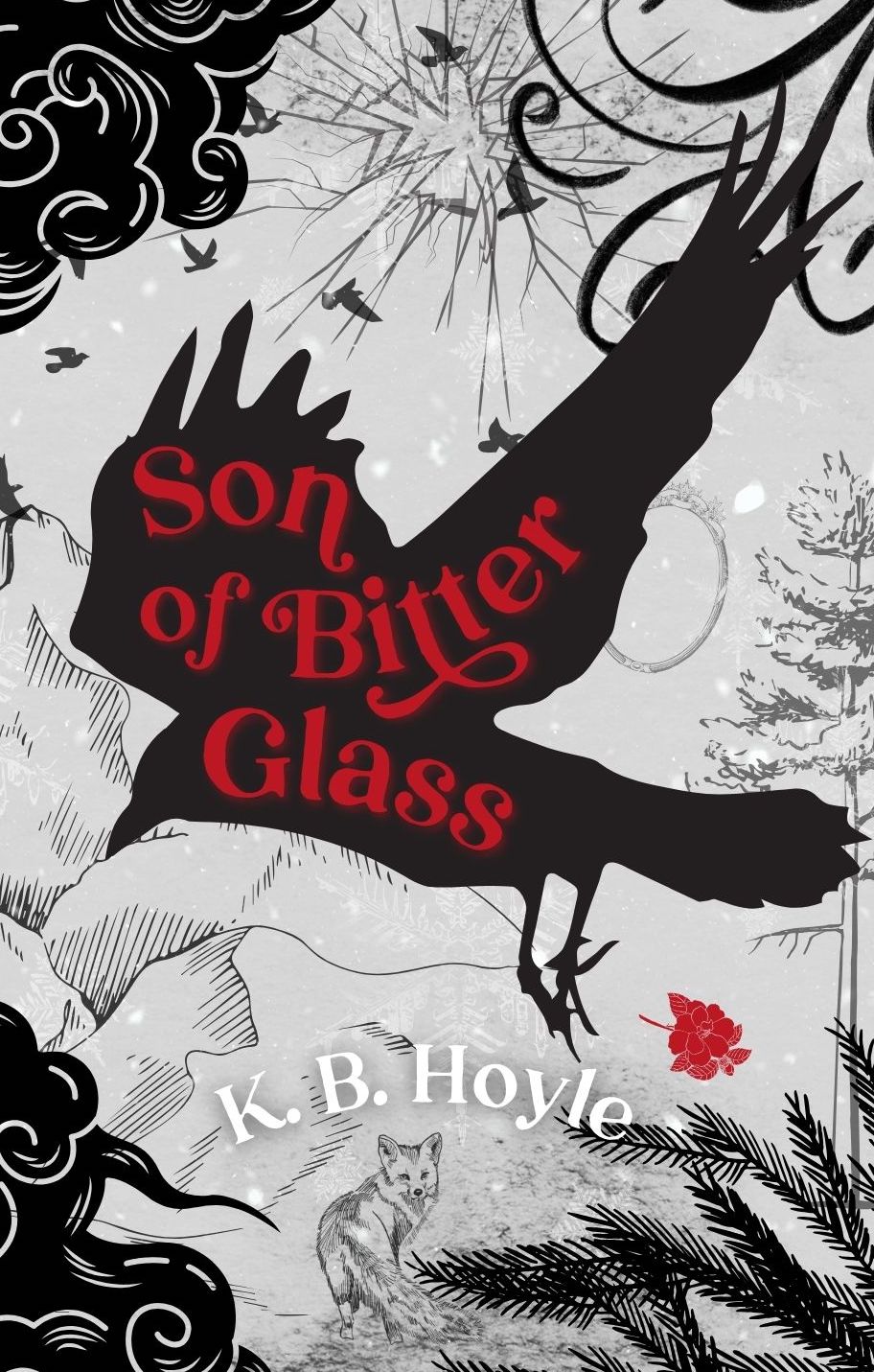
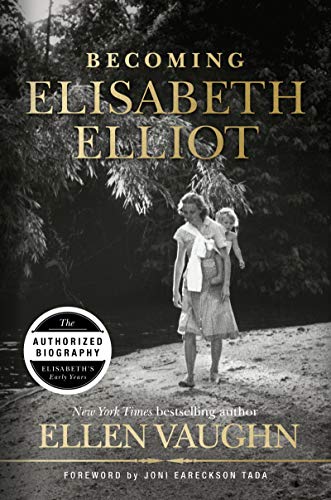
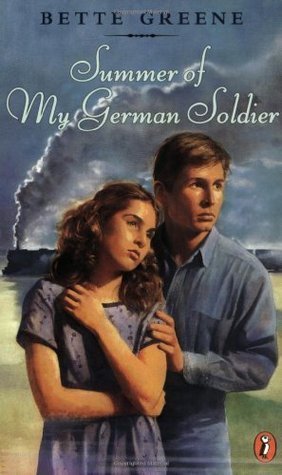
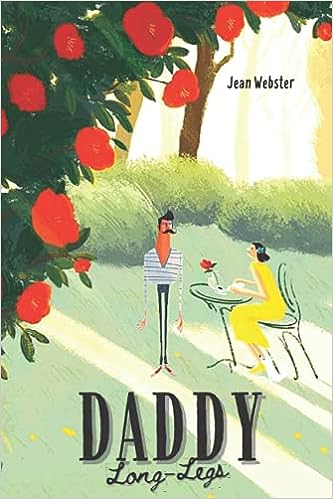

Thank you so much, Meg, for the wonderful review! I love that you connected with Petr and Lena in their struggles and growth. Yes, serfs at that time would have understood the Christian faith through the lens of Eastern Orthodoxy–thus the brief mentions of icons. But deeper gospel truths run through the themes and symbols used throughout the story, much as Lewis and Tolkien liked to do.
If you liked CARVER, I think you’d love THE ARROW AND THE CROWN–it’s set in a medieval Germanic kingdom, with echoes of Beauty and the Beast.